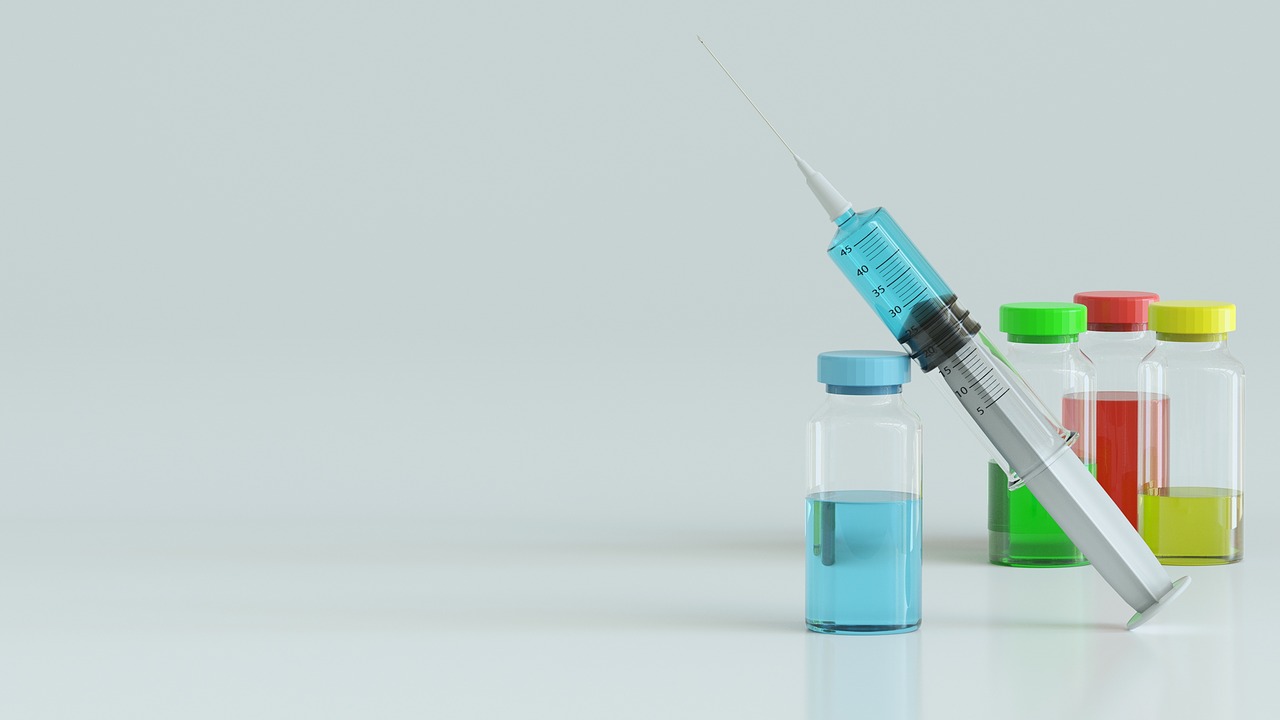Frequently Asked Questions about EU MDR
The EU medical device regulation(MDR) are a set of rules that were put in place to govern the production and distribution of medical devices in the region. It is mandatory for all companies that deal with medical devices and want to sell their devices to the EU market to comply with all the regulations. In the recent past, various updates were made to make the MDR, which the medical device companies have to incorporate in their compliance programs.
What Fueled the Need to Update the MDD?
The MDD needed an update because of a combination of reasons. For starters, the previous directives had not factored in software as a medical device as such did not yet exist by the time the MDD came into law. There have also been significant changes in Europe’s demographics and increased push for transparency to the general public regarding medical devices. The new directive encourages wider compliance and improved standardization.
What Is the Structure of the New MDR?
The new MDR is covered in a document containing 174 pages. The pages are sectioned into 13 pages for introduction, 79 pages for the articles, and 80 pages for the annexes. It has 123 articles in 10 different chapters. Compared to the previous 60-page MDD, the new MDR is longer and a lot more detailed. There are 42 published implementing acts to clarify the MDR and 12 delegating acts for amending or modifying it.
What Are the Main Thematic Changes Implemented in the MDR?
The MDD had more focus on the pre-approval stages of manufacturing medical devices. The new MDR is less focused on that and takes the approach of promoting the life cycle of medical device regulation. The MDD was also more of a manual that medical device companies used to get to the EU market. The MDR works more to encourage procedures and policies that elevate a medical device company’s responsibilities for its products for the product’s entire life cycle.
Which Medical Devices Does the MDR Cover?
As per the MDR, a medical device is an instrument, appliance, apparatus, implant, software, material, reagent, or other article used to prevent, diagnose, monitor, alleviate, and treat various medical conditions. The devices also include those used for investigation, modification, or replacement of physiological, anatomical, or pathological processes. The MDR also specifies various products that should obtain CE marking, including all the products used to disinfect, clean, or sterilize medical devices and those used to support and control conception.…


